I came across this lovely deco period bench on offerup. What caught my eye was the legs and the back rest. I had never seen a bench like this before so obviously I had to have it. When I picked it up, immediately I noticed this beautiful pattern across the front of the bench that I had seen before on 30’s and 40’s art deco style furniture.
This post contains affiliate links.
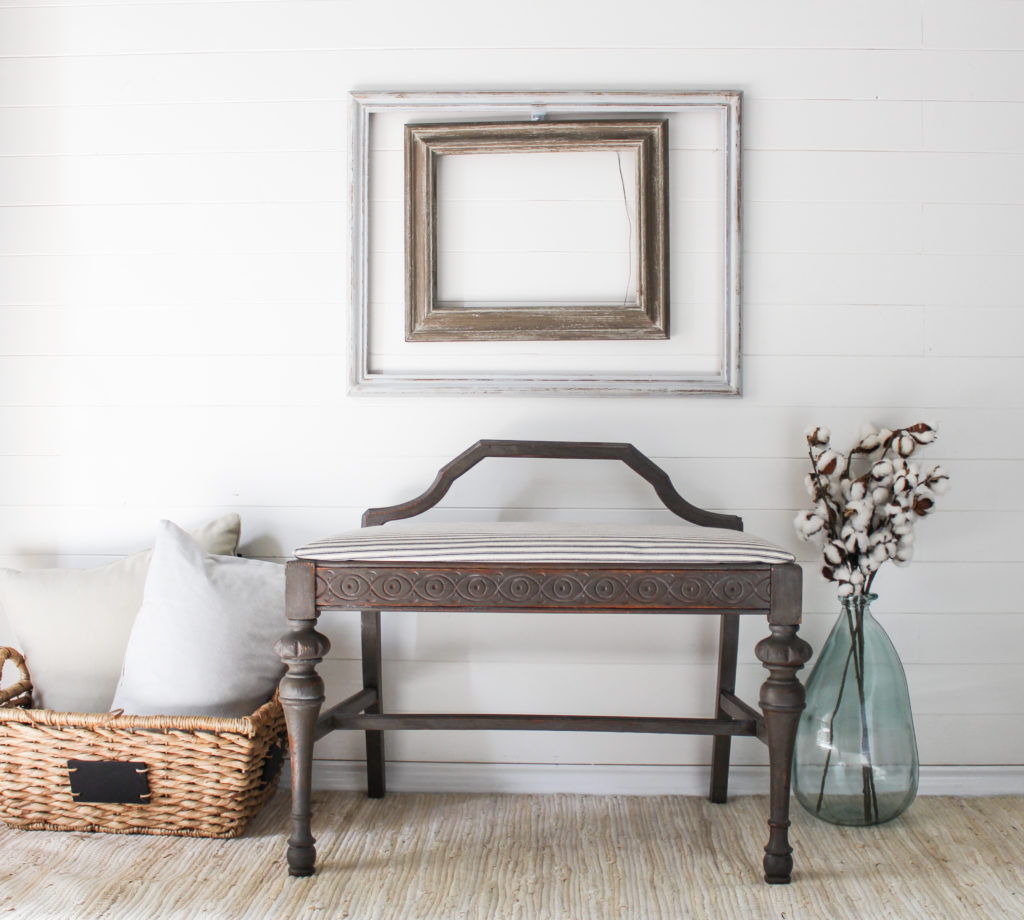
For this design, I knew I wanted to give it a neutral farmhouse look. I toy’ed with the idea of keeping the legs wood, and painting the remainder of the body, but it just didn’t feel right. I wanted something that would look great in any home and still be a show stopper.
I recovered the top with a dark navy (almost gray) ticking stripe fabric on canvas. The seat was 100% original horsehair! I was quite shocked to uncover the seat and see brown, red and black hair stuffed in tangles underneath it’s covering. Horsehair was a common stuffing in the glorious antique era! Now most seats are stuffed with poly fill, or down, but some high end furniture makers still use it.
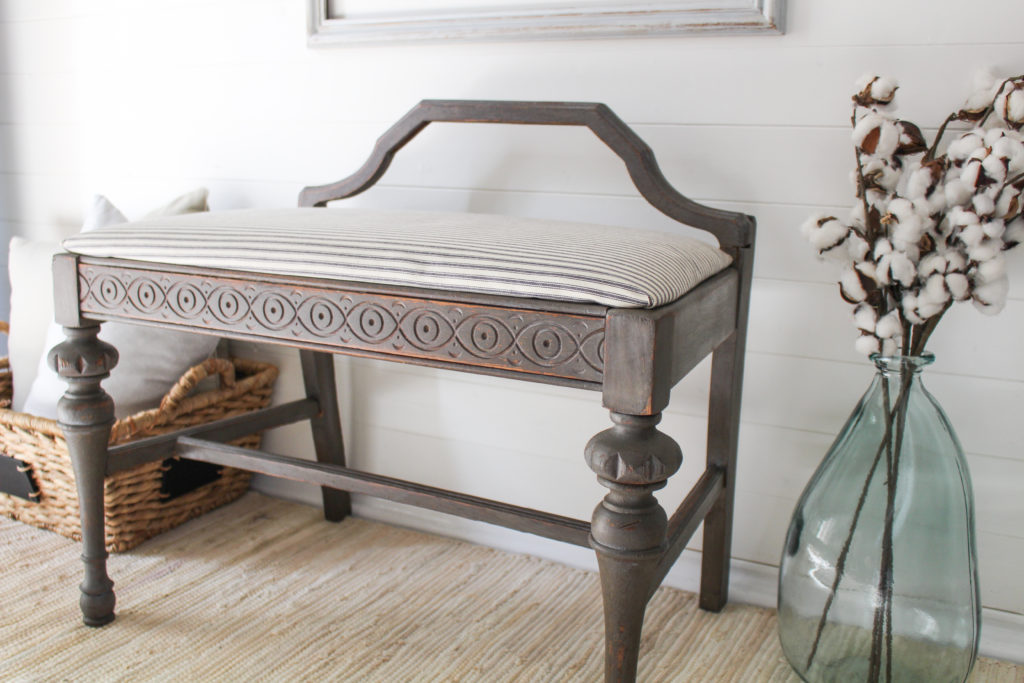
Since I am on a mission to purge all my paint inventory (by purge I mean use it all and not buy anymore until I need to), I decided to go with milk paint. The only two colors I had were Pitch Black and Driftwood by Old Fashioned Milk Paint Co. Ultimately, Driftwood won, just because I felt that black would have given it a more dramatic look and I wanted something that would blend in with linen, canvas, and lace colors.
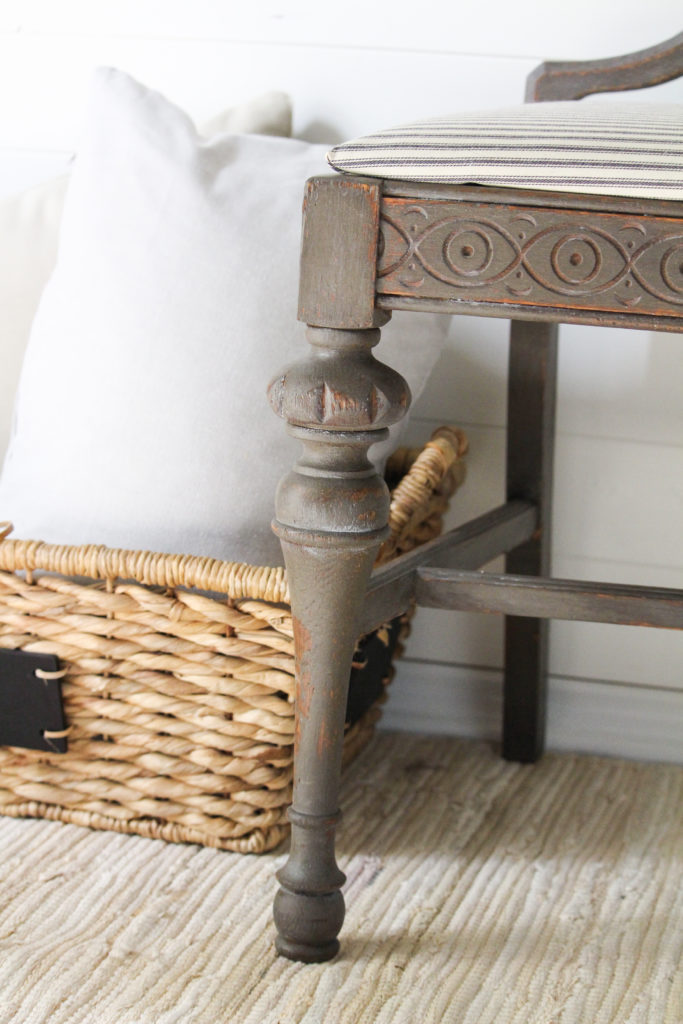
If you have worked with milk paint, you know it’s unpredictable. I always get nervous when using it because I always control the finish and with milk paint, the chippiness just does what it does and chips where it wants. After much second guessing, I decided to go for it and applied two coats. Once it was dry, I used a sand scraper to scrap off the paint that didn’t adhere, and I sanded with 220 to smooth it out and reveal the milk paint’s ultimate plan.
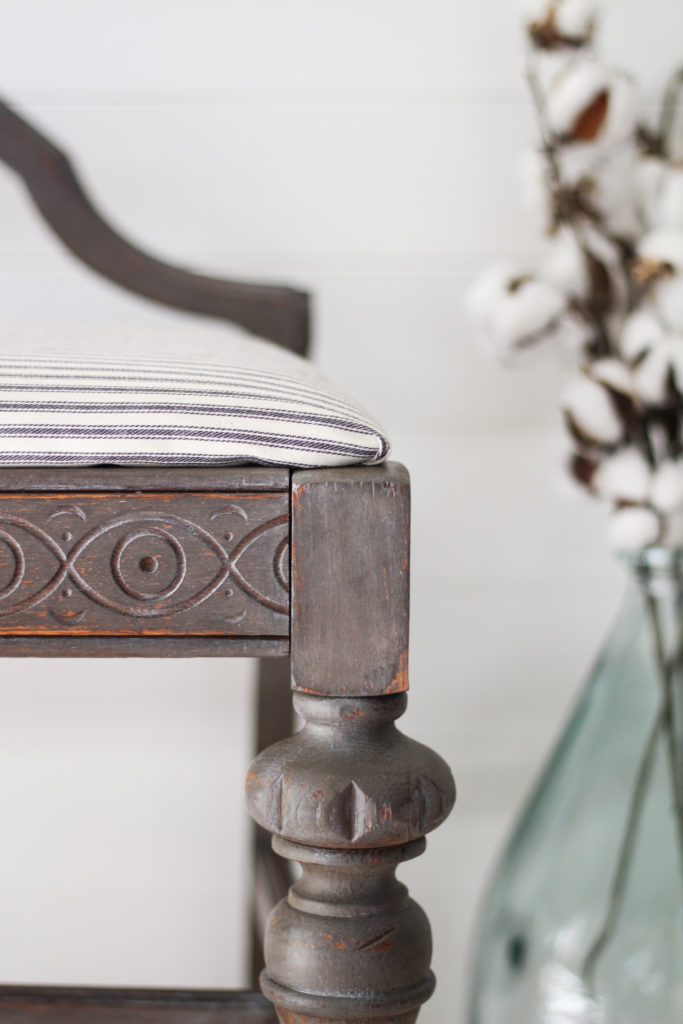
After distressing, I used Country Chic Paint’s white wax to highlight the raised areas and further give it a weathered look. I also used my leftover FatWax from The Fat Paint Co., which I have had a while, to seal over the white wax. Even though I’ve had the same jar for a while, it is still one of my favorite waxes to use and I save it for special milk paint projects. It doesn’t have a very strong smell, and it glides on easily. Buffing is also a breeze.
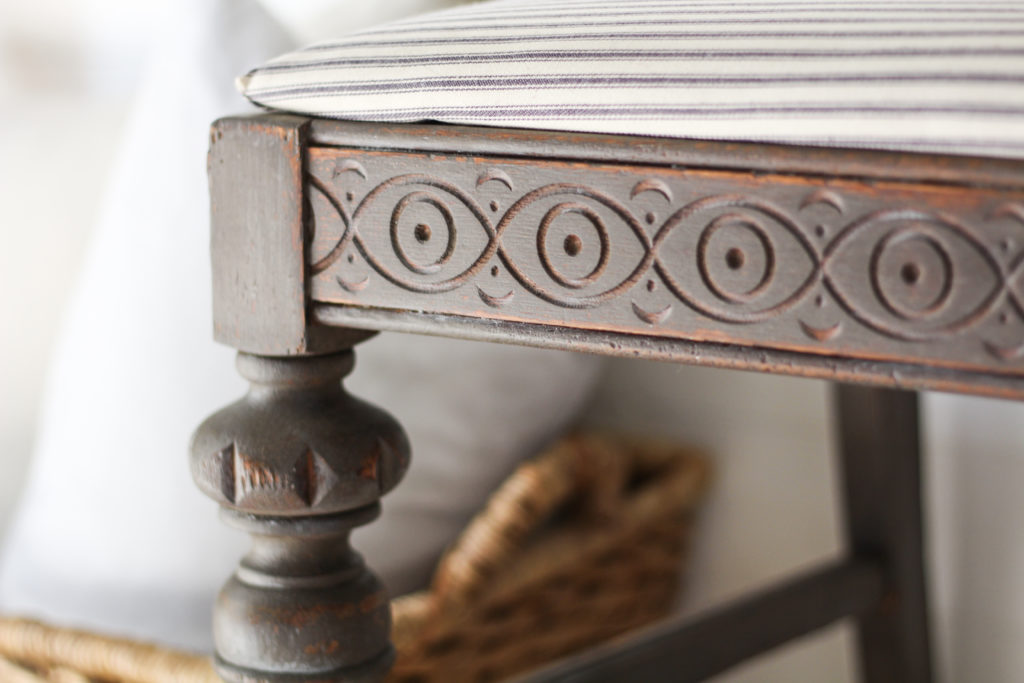
This pattern along the front panel is stunning! In doing more research, I found that similar pieces from this era all have a similar design. I’m still trying to figure out what it means or who the maker is, but so far this is one of a few pieces I have that has the same pattern.
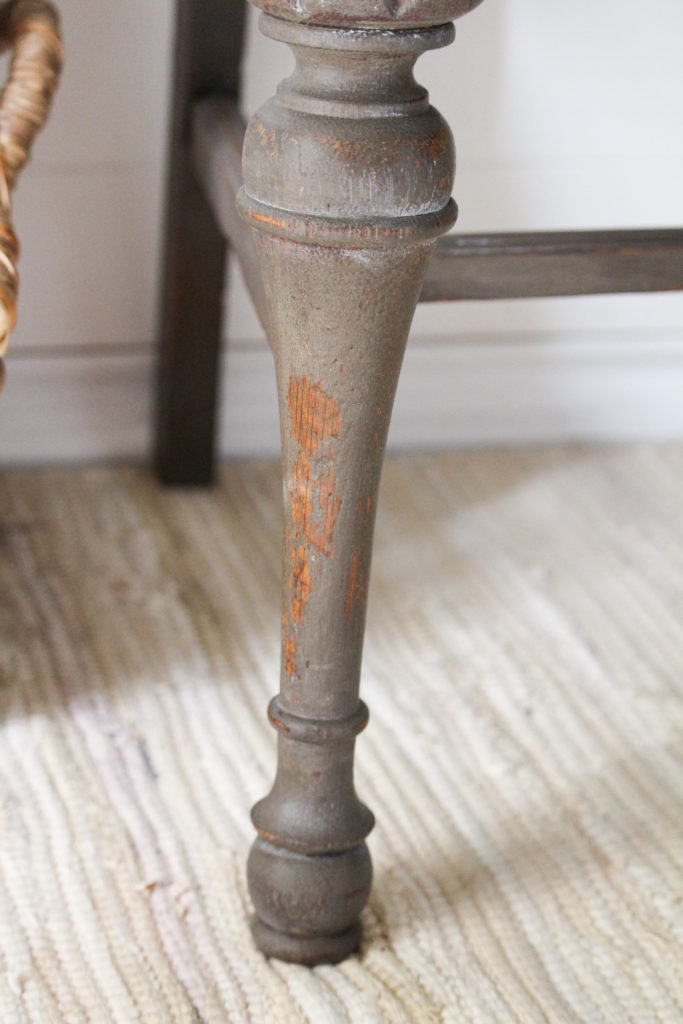
I am slowly but surely feeling more and more comfortable with milk paint. I’m really digging this color and I’m thinking I might have to use the leftovers on another piece very soon!
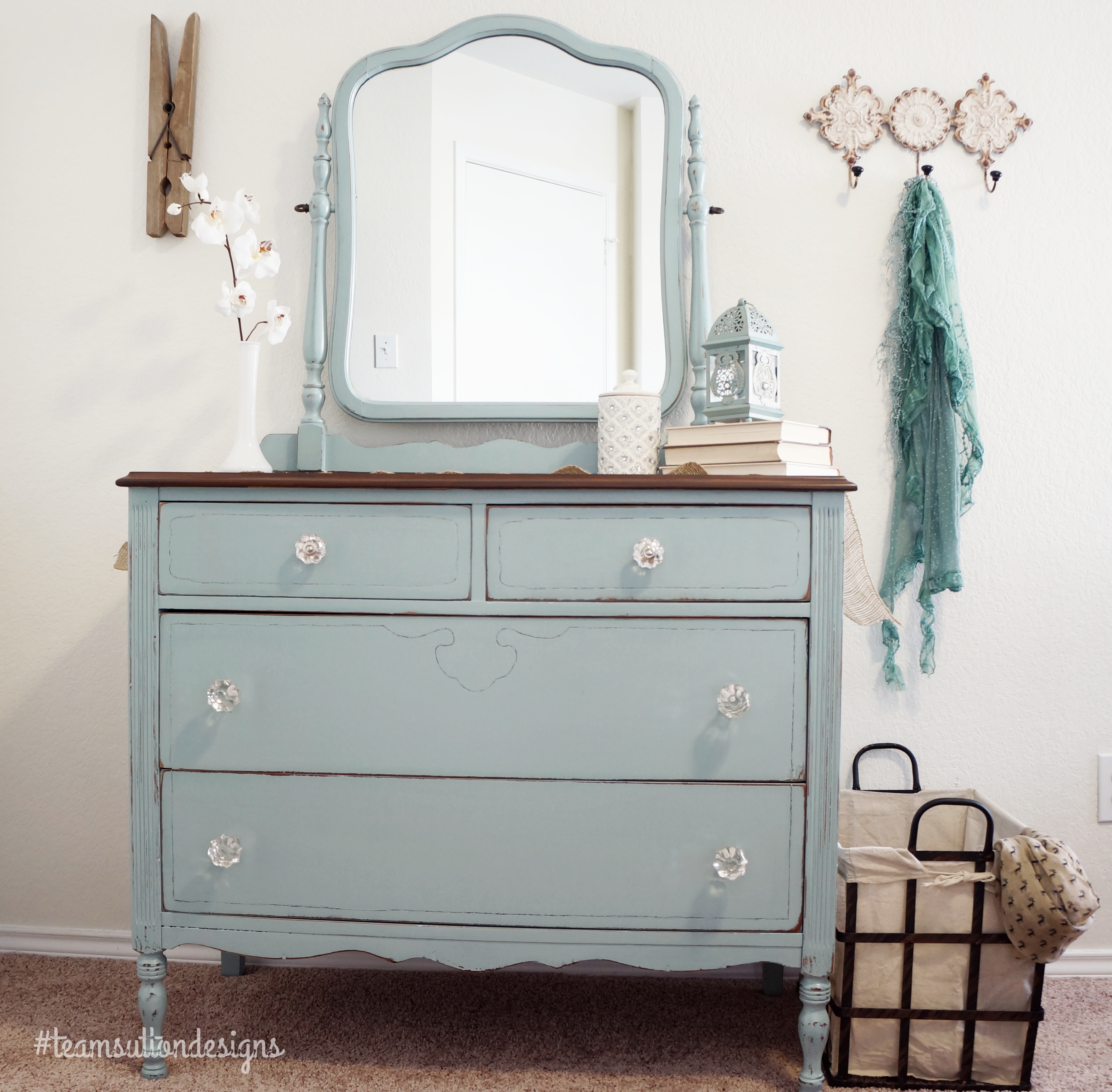
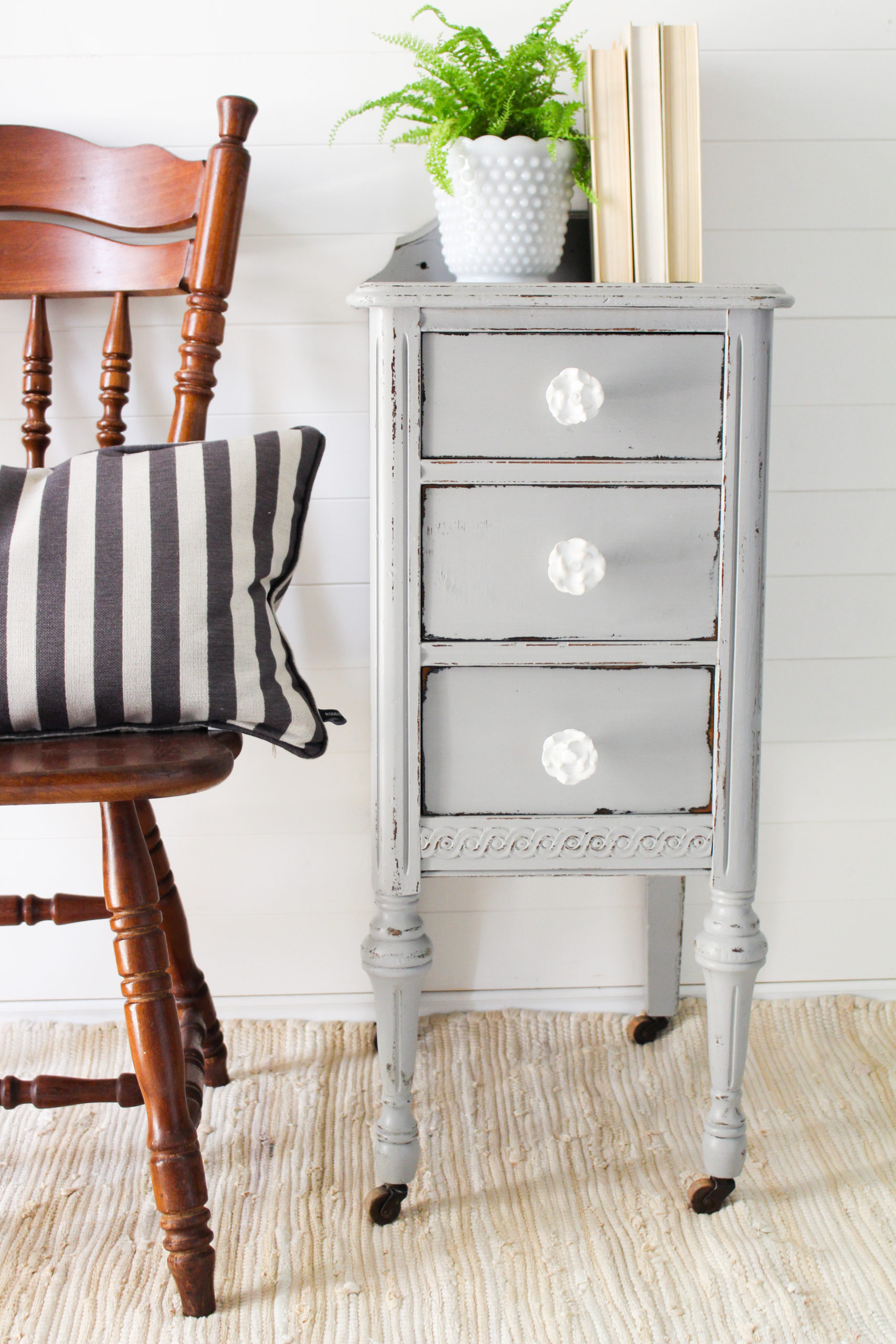
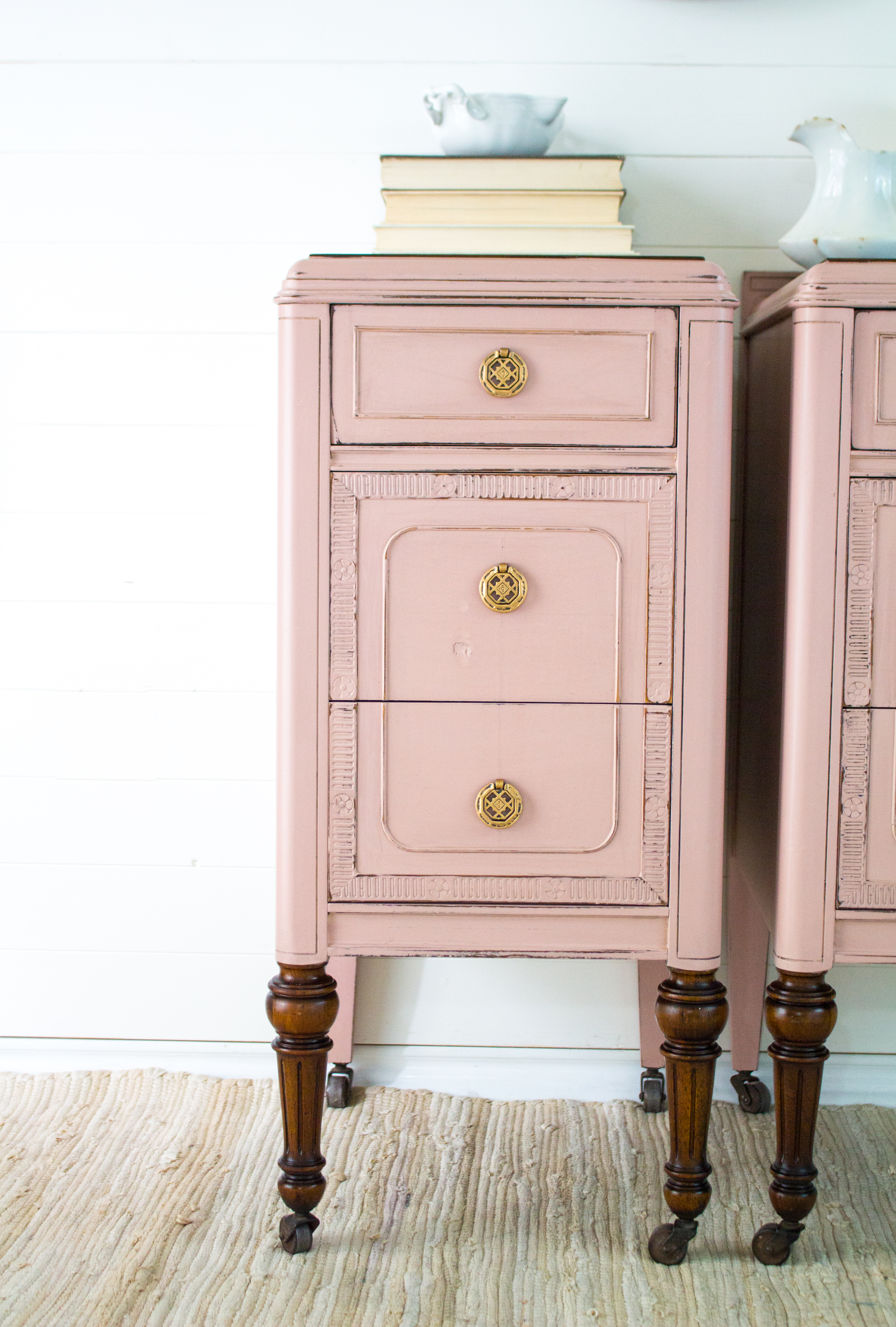
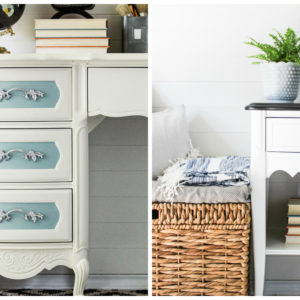
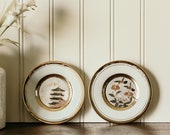



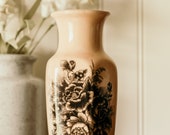
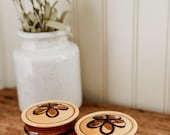
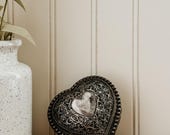
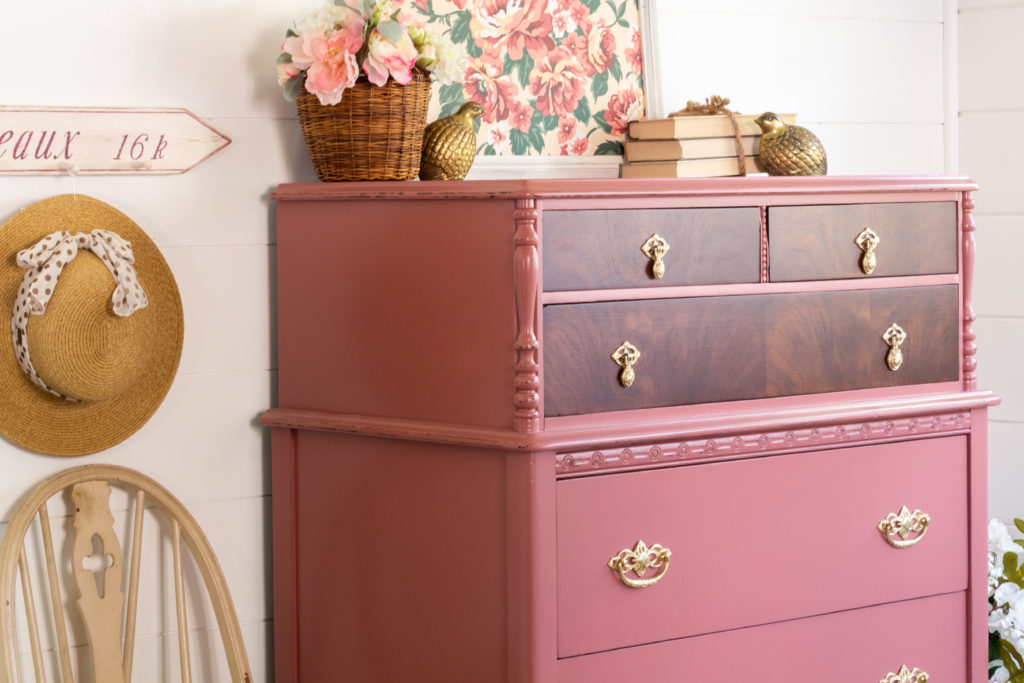

What is the name of the brush you like to use on chair legs? Starts with a z
Hi Gail! I love to use the ZIBRA Brushes, the round one in particular is my favorite! You can get them here! https://www.enjoyzibra.com/homepage/?ref=thedriftwoodhome